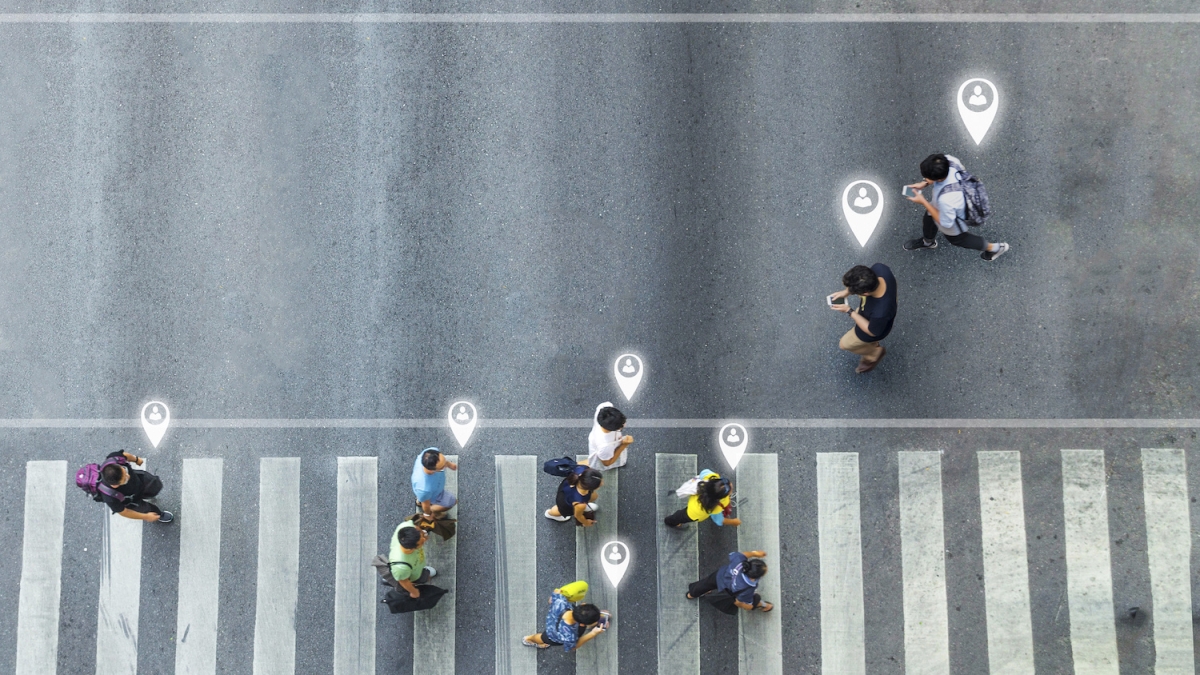ASU 2022 Digital Trust Summit identifies top 5 future challenges, opportunities for cybersecurity

For many, our internet-connected devices know more about us than our closest friends. Every day these devices are privy to a constant stream of information about us. For the 2022 Digital Trust Summit, teams at Arizona State University's Enterprise Technology surfaced a key theme for the nearly 200 cybersecurity leaders, faculty, researchers and students: How much do you trust the websites and products you’re using?
“We’re committed to learning from this diversity of thought leaders and folks doing amazing work across the globe, and then taking those wonderful lessons and then figuring out how to adapt them locally,” said summit host and ASU’s Chief Information Security and Digital Trust Officer Donna Kidwell.
Here’s a look at the five key themes that emerged from the various keynotes, discussions and panels:
1. New technologies require new human skills. Waymo, a global leader in self-driving vehicles and the world’s first autonomous ride-hailing service, leverages various emerging tools to power their fleets. To prevent malicious interference over the networks the vehicles are connected to, wireless security and machine learning are paramount.
“You have to assume that things can go wrong,” shared Waymo’s head of cybersecurity Stacy Janes. “You can’t just design for this success case — you have to design for the worst case.”
Future jobs will call for machine learning data specialists — those who can identify and work with synthetic data that enables the car to continuously learn as it drives, ensuring safe rides for all. Beyond acquiring the technical prowess, organizations and individuals should hone their data privacy knowledge and strategies.
2. Consent processes must be human-centered. According to Statisa, a staggering 97% of adults do not read the terms and conditions of online services.
The first panel of the summit was titled “Consent & Sensibility: What did I just sign?” Panelists agreed that the dense language of current terms of service and consent processes is antiquated and prioritizes the business — not the customer.
“Any relationship is built on communication, and we need improved communication on this,” said Jamie Winterton, panelist and director of strategy for ASU’s Global Security Initiative. “Being specific about usage, being clear about how to opt out, and making it easy for people to opt in and out (is key).”
3. Everyone must participate in cybersecurity training. Addressing security equity — defined as providing the tools, resources and knowledge to ensure all individuals can protect their data — means providing opportunities for people in every role to learn.
Deborah Watson, resident chief information security officer at Proofpoint, emphasized that our current blind spots can often be attributed to inadequate workplace processes rather than people.
“Using language like ‘negligent,’ ‘careless’ and ‘weakest link’ creates a defensive culture within our employees that already don’t like security,” Watson cautioned. Instead, organizations should consider more targeted and personalized training for everyone that has access to critical systems and networks.
4. Open-sourcing our resources will enhance the security of our communities. The panel titled “Open Science, Open Source: Innovation for All” was moderated by ASU Knowledge Enterprise Chief Information Officer Sean Dudley, and the discussion quickly identified a socioeconomic gap: Not every institution can afford or has the technical prowess to acquire or maintain licenses for technologies.
“In science, the tradition is to hold closely any data of value as long as you can grind all value out of it,” shared Dudley. “Then maybe if you find the time, share it with somebody else if they discover something.”
5. Closing the security equity gap is a choreographed team sport. At the summit roundtable, Ryan Murray, deputy state chief information security officer for the state of Arizona, encapsulated the challenge by posing a question. “How do you provide these modern services to communities that aren’t really in an equitable location for digital inclusion — and then trying to stay safe online?”
Universities and governments increasingly rely on industry players to deliver more than just technology. Devising programming that resonates with various levels of digital equity and fluency is vital.
In her closing remarks at the summit, Kidwell shared her personal "aha" moment from the day about building a more diverse, inclusive cybersecurity workforce that better serves all communities. “A lot of the paths that I see today are folks coming to an interest in this space because they’re concerned and they’re advocating,” she said. “It’s the mission that drives all of us.”
Written by Samantha Becker, strategic communications advisor to the CIO, ASU Enterprise Technology
More Science and technology

ASU professor honored with prestigious award for being a cybersecurity trailblazer
At first, he thought it was a drill.On Sept. 11, 2001, Gail-Joon Ahn sat in a conference room in Fort Meade, Maryland.…

Training stellar students to secure semiconductors
In the wetlands of King’s Bay, Georgia, the sail of a nuclear-powered Trident II Submarine laden with sophisticated computer…

ASU startup Crystal Sonic wins Natcast pitch competition
Crystal Sonic, an Arizona State University startup, won first place and $25,000 at the 2024 Natcast Startup Pitch Competition at…